Outer Banks Guide to Off Road Driving Vehicles

The Outer Banks, with its spectacular natural beauty, offers visitors opportunities to enjoy pleasures that are far from commonplace.
Here, you can drive your off-road vehicle along the many miles of accessible beach as you search for that perfect fishing spot, or sit around a bonfire with the backdrop of the ocean waves.

All of this can be enjoyed, but there are a few regulations that must be followed.
Duck – ORV’s are permitted on the beach between October 1 and April 30. No permit required. However, there are no public accesses available.
Southern Shores & Kitty Hawk - No motorized vehicles allowed on the beach.
Kill Devil Hills and Nags Head – Beach driving is only allowed between October 1 and April 30. In order to operate an ORV on the beach in Nags Head, visitors must apply for and receive a permit from the Nags Head Town Hall. Permits will be granted only with accompanying proof of state registration. Kill Devil Hills does not require a permit.
For more information contact the respective town’s administrative office at Kill Devil Hills: (252) 449-5300 and Nags Head: (252) 441-5508.
Cape Hatteras National Seashore – Use of ORV’s on the beaches of Cape Hatteras National Seashore is permitted year-round with limitations. Oceanfront beaches located in the Villages of Rodanthe, Waves, Salvo, Avon, Buxton, Frisco, and Hatteras are closed to vehicles from May to September every year. Driving on beaches at Pea Island National Wildlife Refuge is strictly prohibited.
ORV accesses to beaches are open to vehicles by designated ramps only. For current information on ORV areas, contact National Park Service Headquarters at (252) 473-2111 or visit any visitor center located throughout the park.
Driving an off-road vehicle (ORV) on the beach can be fun, but where beach driving is permitted, please observe the following rules:
- Use only designated beach access ramps and sound-side access roads to enter designated ORV. Reckless driving (i.e. cutting circles or defacing the beach) is prohibited.
- Drive only on marked ORV routes and comply with posted restrictions. Do not drive on, or between, the dunes unless marked as an ORV route. Driving or parking on the dunes is prohibited.
- Avoid driving or parking on the wrack line. The wrack line is a line of stranded natural debris on the beach left by the previous high tide.
- A current driver’s license and valid vehicle registration are required
- Any law applicable to vehicle use on a paved road in the state of North Carolina also applies to ORV use.
- Observe posted speed limits. The speed limit on the beach, while generally 25mph, may be reduced in certain areas.
- Pedestrians have the right-of-way at all times!
- The use of seatbelts is required.
- Open containers of any type of alcoholic beverage are prohibited in vehicles. Public consumption of spirituous liquors or fortified wines is prohibited.
- Do not hang outside of moving vehicles or sit on the tailgate or roof. Those in truck beds must be seated on the floor with the tailgate closed; children in the truck bed must be accompanied by an adult.
Helpful tips for OBX beach driving:
- Drive only four-wheel-drive vehicles on the beach. Two-wheel drive or all-wheel drive vehicles do not have adequate traction and are likely to get stuck.
- Before entering the beach, lower tire air pressure to 20 psi or less. Inflate tires to normal pressure after leaving the beach.
- Drive slowly and carefully around pedestrians, especially children.
- Do not stop on or block beach ramps or other vehicle access points
- Some portions of the beach may be temporarily closed to ORV use.
For current beach access information, visit nps.gov/caha or one of the National Park Service Visitor Centers.
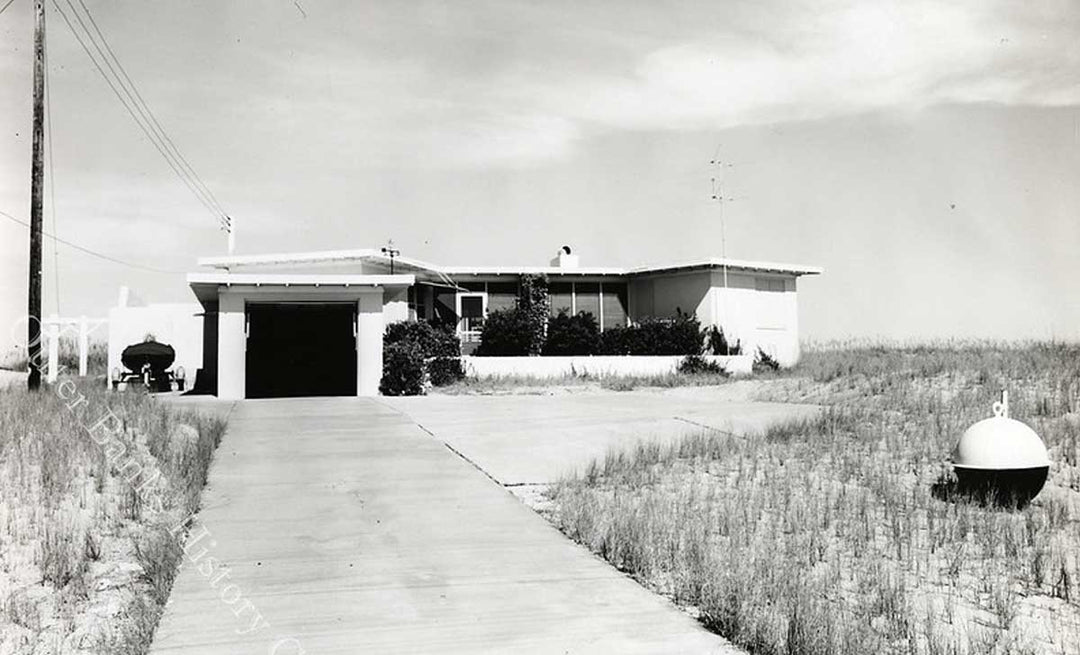
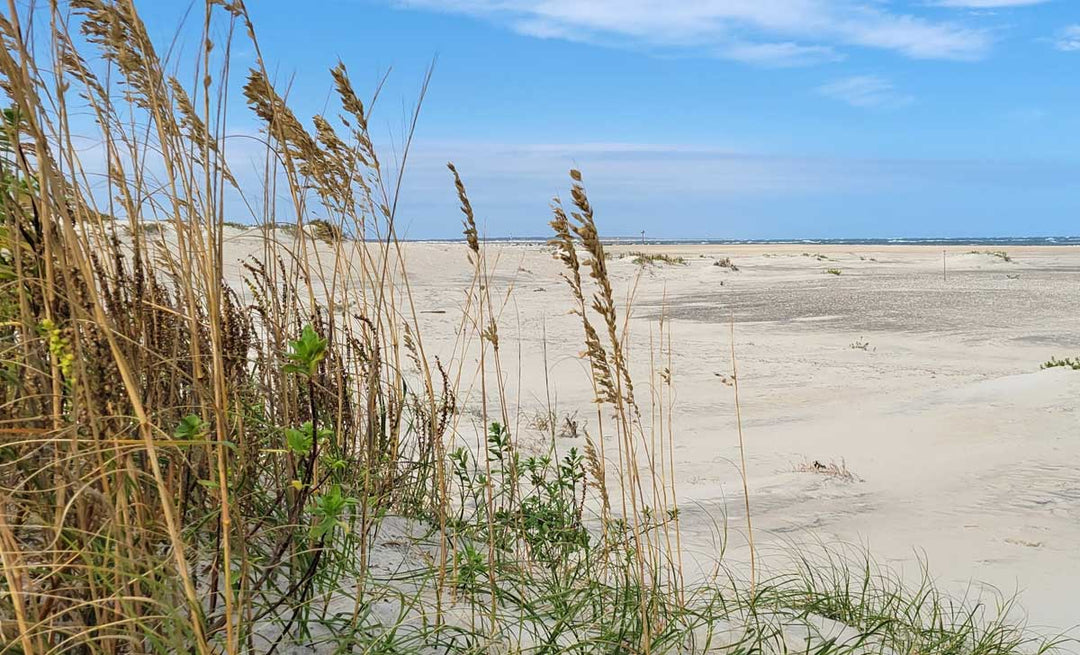
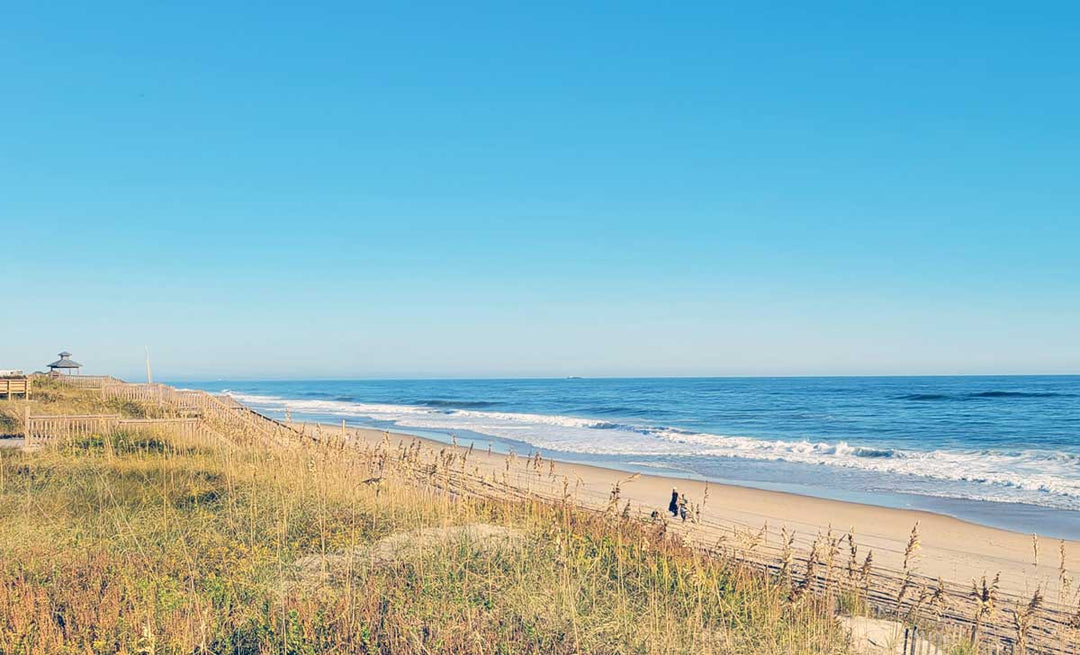
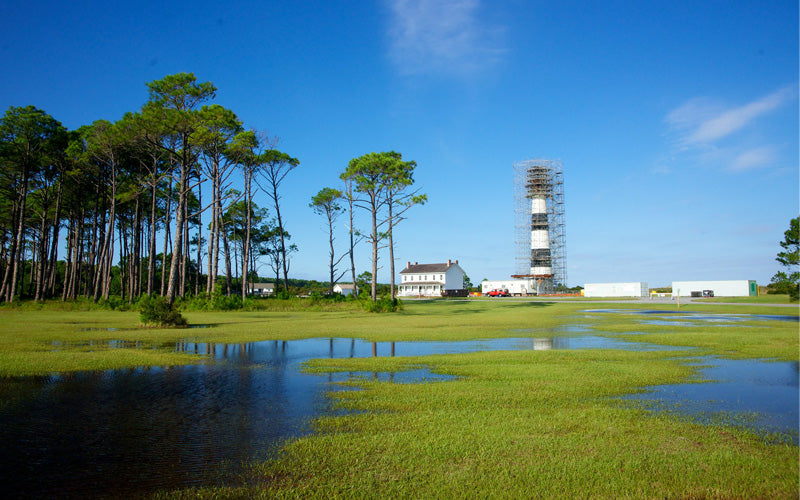
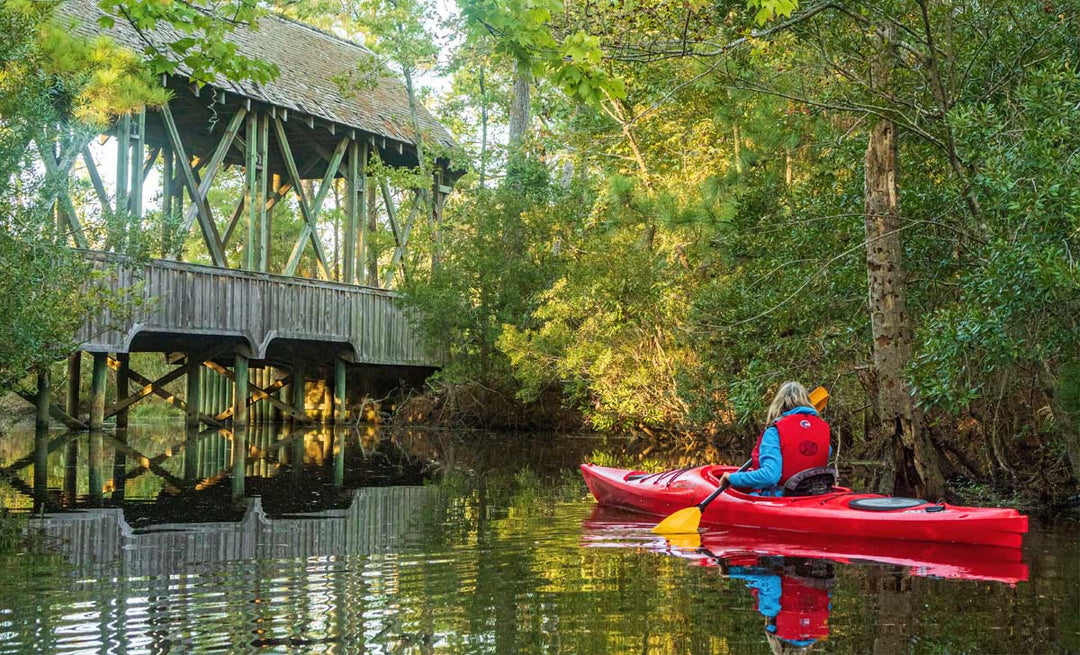
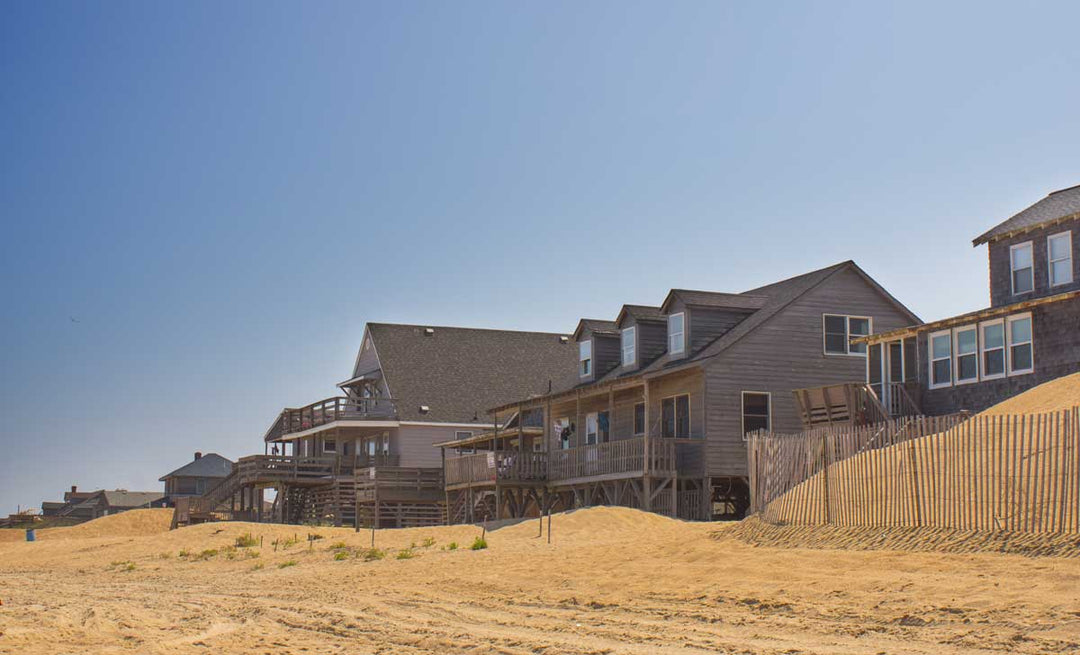
Leave a comment